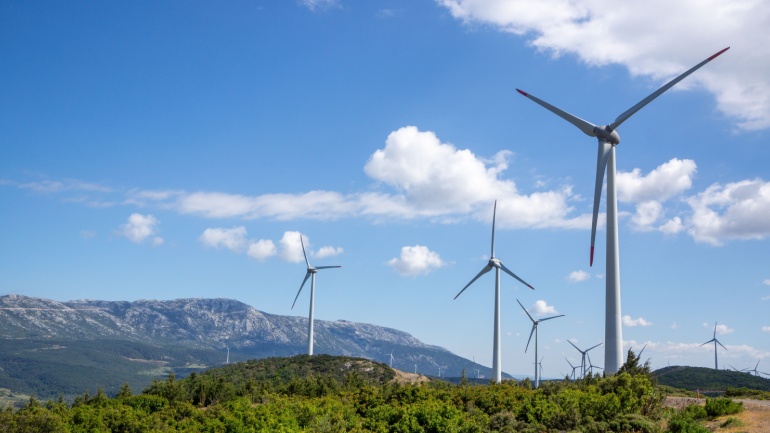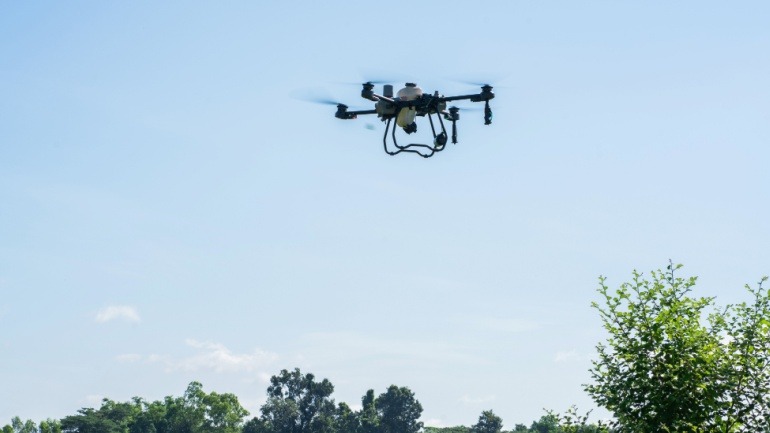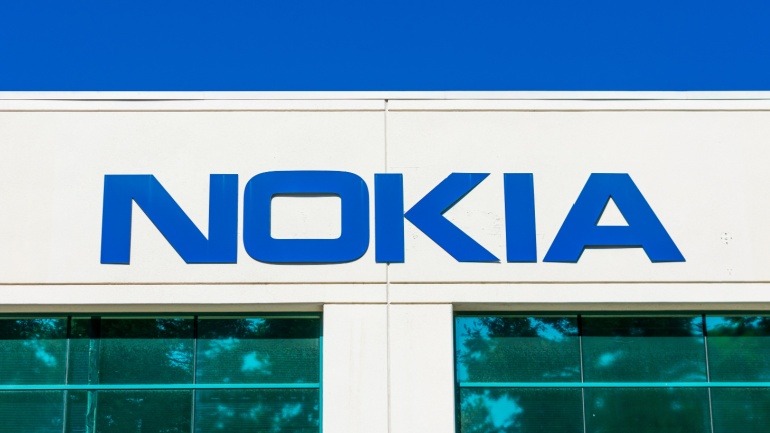Nokia has appointed Justin Hotard as its new CEO, succeeding Pekka Lundmark on April 1. Hotard, formerly at Intel, will lead Nokia’s push into AI and data centers.
Nokia has strengthened its partnership with Orange France in a new four-year deal focused on enhancing 5G radio infrastructure. This collaboration leverages Nokia’s energy-efficient AirScale portfolio to improve network speed, capacity, and performance.
AT&T and Nokia are deepening their collaboration to enhance AT&T’s voice network with Voice over New Radio (VoNR) and cloud-based infrastructure. This partnership optimizes network efficiency, leveraging Nokia’s Cloud Platform to automate service delivery.
StarHub partners with Nokia to monetize 4G/5G networks, enabling enterprises to optimize applications via network APIs. Using Nokia’s “Network as Code” platform, developers gain streamlined access to network functions, fueling innovations across banking, finance, and logistics.
Nokia and Zain KSA have teamed up to revolutionize indoor mobile connectivity in Saudi Arabia by introducing the first 4G/5G Femtocell solution in the region. This partnership aims to improve indoor network coverage for enterprises, ensuring seamless and efficient communication.
Nokia has partnered with TenneT to deliver optical networking for eight 2GW platforms in the Dutch North Sea, supporting renewable energy transmission. Using its 1830 PSS DWDM technology, Nokia will enable efficient data and energy flow, ensuring offshore wind energy reaches millions of homes across Europe.
Nokia has joined forces with Openreach to deploy its ONE Network platform to enhance fibre network automation across the UK. By leveraging Nokia’s Altiplano and NSP controllers, Openreach can automate its fibre services.
Nokia Bell Labs is pioneering lunar communication through the Lunar Surface Communication System with Intuitive Machines. This 4G/LTE network will power seamless connectivity for upcoming lunar missions, enhancing communications for exploration vehicles.
Nokia and Motorola Solutions have launched a groundbreaking 4G/5G drone solution to bolster public safety and industry operations. Integrating advanced hardware and software, this innovative system supports first responders and critical industries.
Nokia has unveiled a groundbreaking 5G-enabled Nokia 360 Camera designed for Industry 4.0 applications. Featuring immersive 8K streaming and connectivity via 5G, Wi-Fi, and Ethernet, this camera blends cutting-edge virtual reality capabilities with robust durability.













